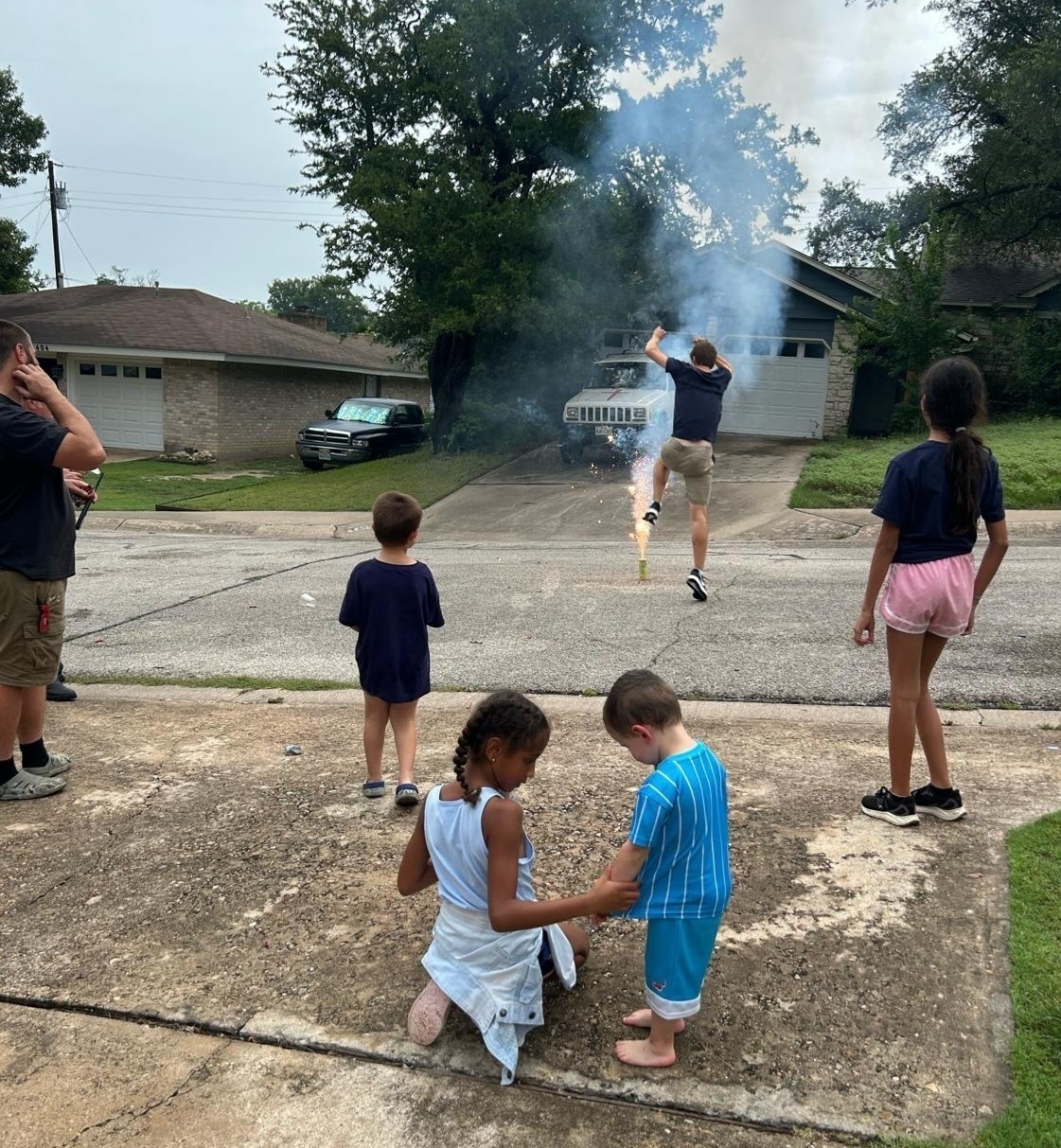Finished reading: Untamed Hospitality (The Christian Practice of Everyday Life) by Elizabeth Newman 📚
A rich and thought-provoking account of Christian hospitality. Newman excels at unearthing the political and economic assumptions that shape how we interact with—and construct!—the world around us. One of the great strengths of Untamed Hospitality—and also a lingering weakness throughout—is Newman’s broad understanding of hospitality. She describes hospitality as both “practice” (a complex and corporate activity done across time that aims for certain goods) and “theory” (a way of being in space and time). At its widest descriptive point, Newman says that hospitality “names our participation in the life of God” (13). This capacious understanding means that diverse phenomena all fall within the purview of hospitality—worship, in particular, takes a leading role. The positive side of this is that hospitality is given rather thick conceptual and theological description. The drawback is that the book operates at a level of abstraction that is somewhat surprising given the subject matter.



